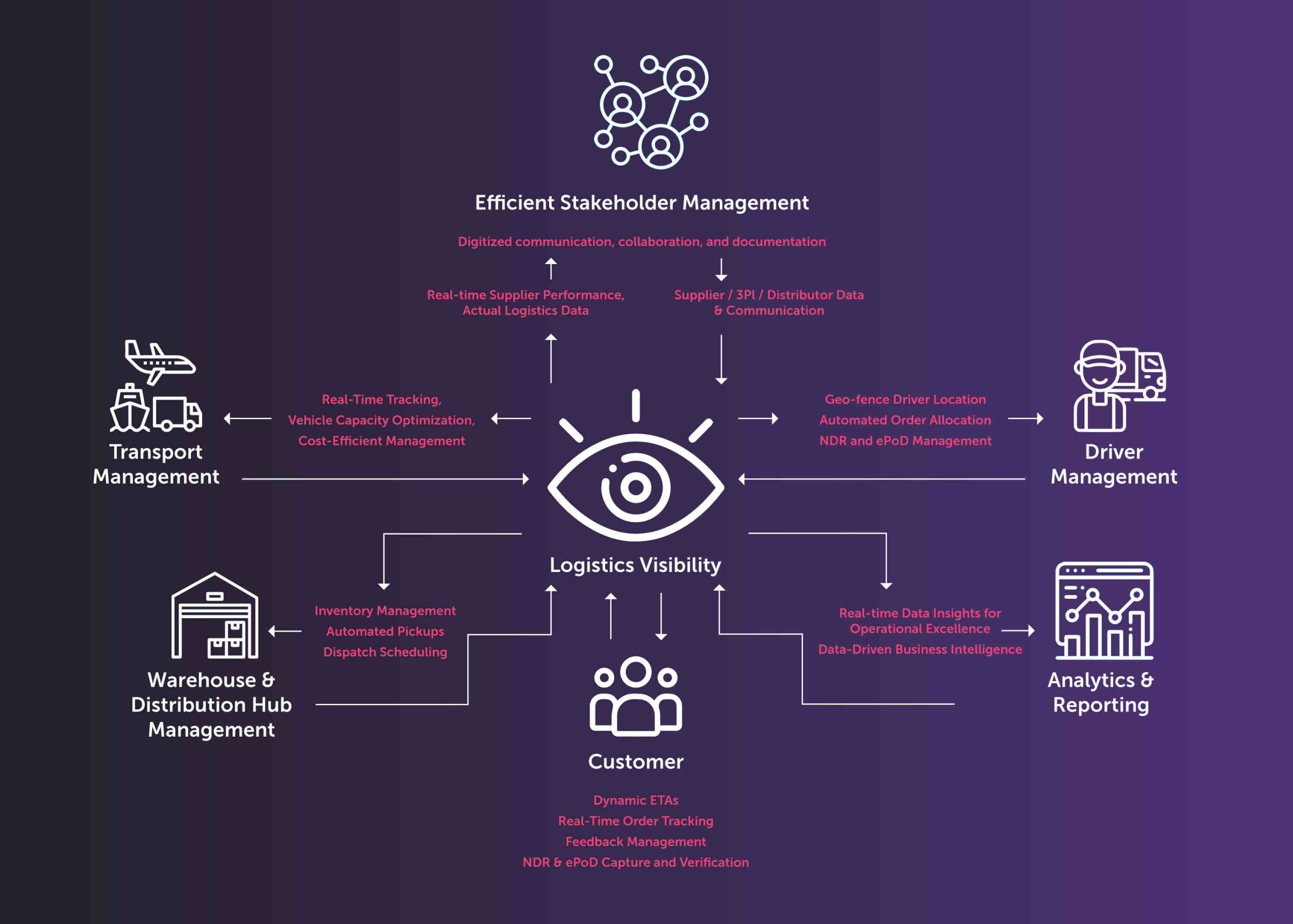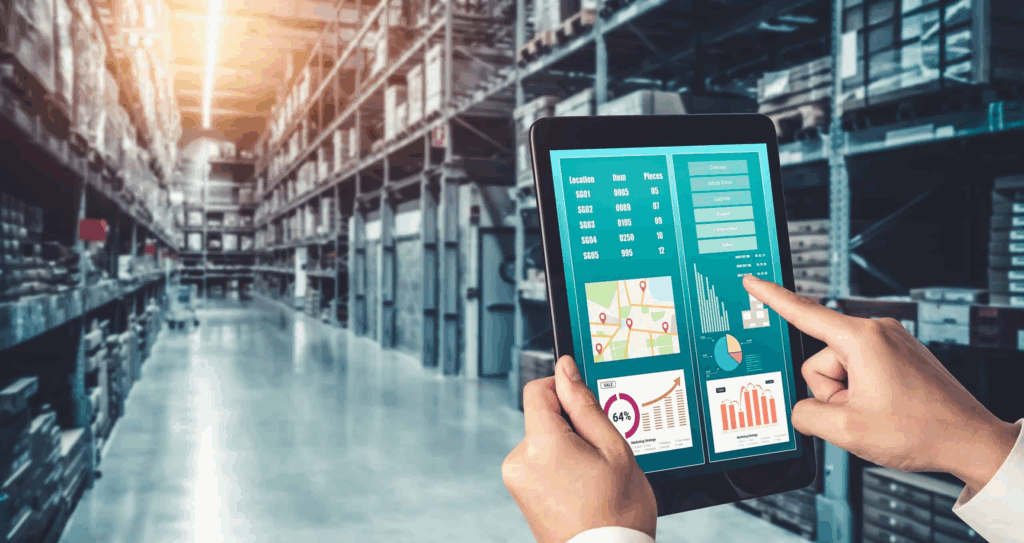Top Features to Look for in a Modern Logistics Visibility Service
In today’s global logistics landscape, Logistics Visibility Service is no longer a luxury—it’s a necessity. As supply chains grow more complex and customer expectations rise, businesses must adopt advanced logistics visibility solutions that provide real-time insights, proactive alerts, and end-to-end shipment tracking. Whether managing inbound freight, last-mile delivery, or cross-border operations, having exemplary visibility service can significantly reduce delays, cut costs, and improve customer satisfaction.
So, what defines a modern logistics visibility service in 2025? This guide explores the top features businesses should prioritize when evaluating a solution.

1. Real-Time Tracking Across All Transportation Modes
A leading logistics visibility platform should offer real-time tracking across multiple ocean, air, rail, and road modes. GPS-based tracking, API carrier integrations, and IoT sensors allow companies to monitor shipments from origin to destination without gaps in data.
Why It Matters:
Real-time updates prevent blind spots in the supply chain, helping logistics teams make faster, more informed decisions.

2. Predictive ETAs Powered by AI/ML
Instead of static estimated delivery times, modern systems use AI and machine learning to analyze historical data, weather, traffic, and carrier performance to generate predictive ETAs. These are continually updated as conditions change.
Why It Matters:
Predictive ETAs help manage customer expectations and streamline warehouse and inventory management planning.

3. Automated Exception Management
Delays and disruptions are inevitable—but managing them doesn’t have to be manual. A visibility solution should automatically detect exceptions (e.g., customs delays, route deviations, missed transits) and alert stakeholders with recommended actions.
Why It Matters:
Proactive alerts reduce escalation time and improve service recovery.
4. Multi-tier supplier and Carrier Visibility
Modern logistics involves multiple suppliers, 3PLs, and carriers. A robust visibility service must consolidate data from all tiers into a single, user-friendly dashboard—eliminating silos and providing unified insights.
Why It Matters:
End-to-end visibility across partners enables better coordination, especially in global supply chains.
5. Dynamic Dashboards and Custom Reporting
An effective platform should allow you to customize views based on roles (e.g., operations, customer service, finance) and create on-demand reports with metrics such as:
- On-time delivery rates
- Carrier performance
- Route efficiency
- Dwell time analysis
Why It Matters:
Different teams need tailored insights to make strategic decisions.
6. Integration Capabilities (ERP, TMS, WMS)
Your visibility service should seamlessly integrate with your existing tech stack—SAP, Oracle, NetSuite, or transportation and warehouse management systems.
Why It Matters:
Smooth data flow ensures operational efficiency and eliminates the need for duplicate entries or siloed systems.

7. Mobile-Friendly Interface and Alerts
In a 24/7 logistics environment, teams need access to data on the go. Mobile compatibility with real-time push notifications ensures that operations stay informed no matter where they are.
Why It Matters:
Faster decisions, even when away from a desk.
8. Customizable Alerts and Notifications
Look for systems that allow the configuration of alerts based on shipment status, geofencing, time thresholds, or specific SKUs.
Why It Matters:
Not all shipments are equal—high-value or time-sensitive goods require special monitoring.

9. Compliance and Document Management
A modern solution should support automatic generation and storage of key documents like:
- Commercial invoices
- Bills of lading
- Customs clearance forms
- Proof of delivery
Why It Matters:
Reduces paperwork errors and simplifies audits.
10. Scalability and Global Coverage
Choose a platform that scales with your business as you enter new markets or expand shipping volume. Support for regional carriers and multiple languages/time zones is essential.
Why It Matters:
A scalable solution prevents future re-platforming and supports long-term growth.
Conclusion
Choosing the exemplary logistics visibility service is a strategic investment. The ideal platform should go beyond simple tracking—it must integrate data, anticipate disruptions, automate workflows, and deliver actionable insights across the entire supply chain.
By prioritizing these top features, businesses can enhance operational agility, reduce costs, and meet the growing demands of today’s logistics landscape.
Industry Insights
news via inbox
Nulla turp dis cursus. Integer liberos euismod pretium faucibua








